Kayak camping is a lovely way to enjoy the outdoors. You pack all your camping equipment in your kayak, paddle across a lake or down a river, and set up camp.
Kayak camping provides access to more remote sections of the outdoors that aren’t accessible by car or by trails. Here are our best tips and tricks for how to kayak camp.
How to plan a kayak camping trip
Figure out where you are going
Which river do you want to kayak? Which lake do you want to explore? Are there good beaches to camp on? What maps do you need to navigate there?
Plan your gear
Do you already have a kayak and the necessary kayak camping gear, or do you need to rent it?
Plan your food
Meal prep before a kayak camping trip is key. You need to know how many days/nights you will be in the backcountry so you can plan how many breakfasts, lunches, dinners and snacks to pack. Pro tip: better to pack too much food than too little!
Plan your poo
Yep, this is something you need to plan. Some river trips and lake camp spots require that you pack your poop out with you. Used Wag Bags stored in a drybag or poop tube are usually the preferred option.
Set a shuttle
This isn’t necessary if you are doing an out-and-back trip on a lake, but if you are running a river, or going from point-to-point, you will need to set a shuttle. Some river trips have commercial shuttle services you can hire for a fee. Pro tip: always bring beers for your shuttle driver!
Best kayak camping trips
In general, provincial, state and national parks are going to host excellent kayak camping trips. Most national parks allow camping, but some require camping permits or reservations, so do your research before you go.
Here are some standout kayak camping trips in the U.S. and Canada:
Algonquin Provincial Park, Ontario
Algonquin Provincial Park is a popular destination for kayak camping trips in Ontario, Canada. Beautiful scenery, not crowded, and normally good weather (depending on what time of year you go).
Glacier National Park, Montana
Glacier National Park has rugged mountains and the cleanest glacial-fed water you will encounter on any kayak camping trip. There are numerous lakes to choose from, including Bowman, Kintla, Swiftcurrent, Two Medicine, and the famous Lake McDonald. The catch? You need to book backcountry camping permits several months in advance.
Grand Canyon National Park, Arizona
It really needs no introduction. Kayaking down the Colorado River through the Grand Canyon is one of the greatest river trips in the world.
Middle Fork of the Salmon River, Idaho
Located deep in Idaho’s wilderness, the Middle Forks of the Salmon is a highly rated location by whitewater kayakers who appreciate kayak camping trips. The Main Salmon and South Fork of the Salmon are also incredible.
San Juan Islands, Washington
If you’re into kayaking and orcas, this is the kayak camping trip for you. Sea kayaking in the ocean and camping on small islands with otters, seals and bald eagles.
Boundary Waters Canoe Area Wilderness, Minnesota
More than 2,400 kilometres of kayak routes, with more than 2,000 camping spots. Plan a trip to Minnesota’s Boundary Waters if you are looking to get away from other people. Chances are, you won’t find any out there.
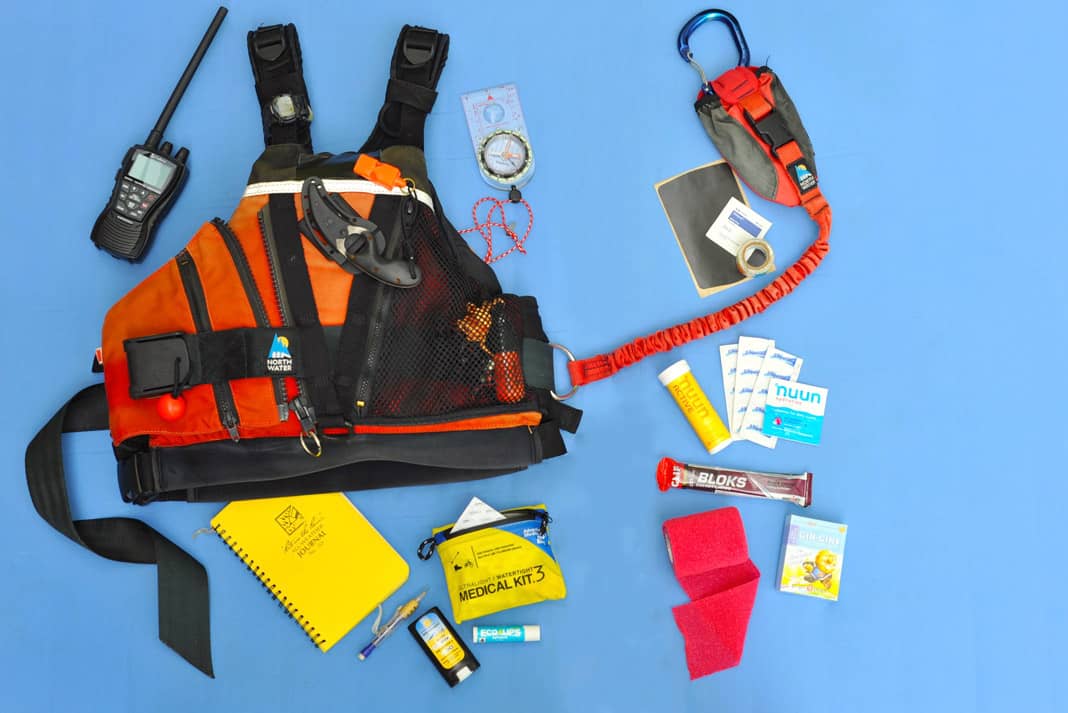
Kayak camping gear
The lighter your kayak, the more maneuverable it will be. For this reason, it is best to pack as light as possible. That being said, there are a few key pieces of gear that simply cannot be left behind.
Kayaking essentials
- Kayak
- Paddle
- PFD
- Drybags
Depending on your kayak and trip plans
- Sprayskirt
- Helmet
- Drytop, splash jacket or drysuit
Camping/backcountry essentials
- First aid kit
- Personal Location Beacon (PLB): just in case
- Map
- Water treatment system: Aquamira drops, Iodine tablets, gravity filter, etc.
- Bear spray: very necessary if you are kayak camping in Glacier National Park
- Sleep system: tent or hammock, sleeping pad and sleeping bag
- Warm layers
- Food and cookware
- Waste system: Wag Bags or a poop tube, or both! Pack it in, pack it out!
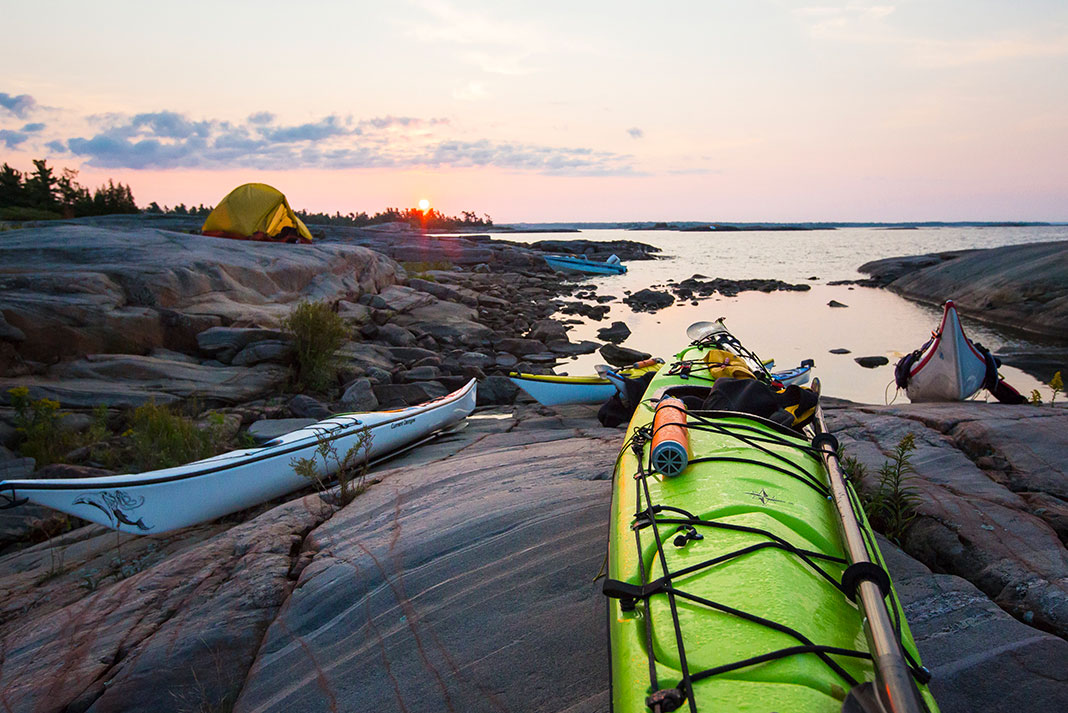
Best kayak for camping
Choosing the right kayak for camping depends on a lot of variables. For example, whether you are kayaking on a lake, an ocean or a river makes a massive difference in which kayak you use. Also, your trip duration will make a difference in the length and storage space your kayak will require. The more nights you will be camping, the more storage space you will need.
How to choose the right kayak for a lake kayak camping trip
The key features to look for in a lake kayak are stability and storage space. When the lake gets choppy due to high winds, you will be thankful you chose a long hull with a wide base, providing a stable ride through big waves.
Some kayakers prefer inflatable kayaks, which are easier to pack and transport. But while they excel in packability, they lack in durability. Inflatable kayaks are not recommended in areas with sharp, jagged rocks. The Advanced Elements AdvancedFrame Expedition Elite is a lightweight inflatable kayak with enough storage space for multi-day expeditions.
Hard-shell kayaks will be more difficult to transport to and from the lake, as you will need to install kayak racks on your car, but the added durability might be worth it. Additionally, rigid kayaks will tend to be faster on the water than inflatable kayaks. The Hurricane Kayaks Sojourn 135 is a good option for someone looking to pack lots of gear into a stable vessel.
Another option for a lake kayak is a sit-on-top kayak. These are kayaks that do not enclose your legs. Sit-on-top kayaks generally have less storage space, as there are no inside compartments or hatches. Drybags will be clipped on top of the kayak with carabiners or straps.
How to choose the right kayak for a sea kayak camping trip
Sea kayaks will be longer, narrower and faster than lake kayaks. They will also have a rudder and more storage hatches. The main thing to consider when buying a sea kayak is whether you want it to be plastic or composite.
Plastic kayaks will withstand hits against rocks, but will be heavier to carry. Composite kayaks built out of fibreglass or carbon fibre will be faster on the water and lighter to carry through portages, but will crack if they come into contact with rocks. Plastic kayaks are recommended as your first sea kayak. You can then choose to upgrade once you have more experience navigating around rocks.
The Wilderness Systems Tempest 170 is a good option for a plastic sea kayak.
How to choose the right kayak for a river or whitewater kayak camping trip
If you are kayak camping on a river, you will want a river-specific kayak. These will be built with durable plastic, a bulkhead to protect your legs in case of impact against a rock, and technical edges for carving and turning.
Most whitewater kayaks do not come with hatches, but can still be stuffed with gear if you remove the bulkhead and the backband. If you prefer the ease of a hatch, there are several whitewater companies building river kayaks with hatches for added storage on longer expeditions.
The Dagger Katana is a good option if this is what you are looking for.
How to pack a kayak for a camping trip
The main thing to consider when you pack a kayak for camping is which items you will need access to during the day, and what can stay packed away until evening. Anything that won’t be used until dinner or camp should be packed first, in the stern or bow of your kayak. This will leave more space for necessary daytime items to be packed in easy-to-reach areas.
Pro tip: buy one high-quality drybag that fits on your lap to carry snacks, maps and extra layers you may need access to while kayaking.
Figuring out how to pack a sit-on-top kayak can be a bit trickier than packing an enclosed kayak. You will need to attach a carabiner to each drybag, so they can be clipped to the top of the kayak.
How to portage a kayak
The best way to portage a kayak is by having your paddling partner help you, with one person carrying the bow and the other carrying the stern.
One tip for how to portage a kayak solo is to portage in two steps. Step 1: portage all your drybags and gear. Step 2: portage your kayak. Carry it with the cockpit rim sitting on your shoulder.
Because of their lack of cockpit to carry on your shoulder, sit-on-top kayaks can be tricky to portage. The best advice for how to portage a sit-on-top kayak is to do it with a buddy. One person at the bow, one at the stern.


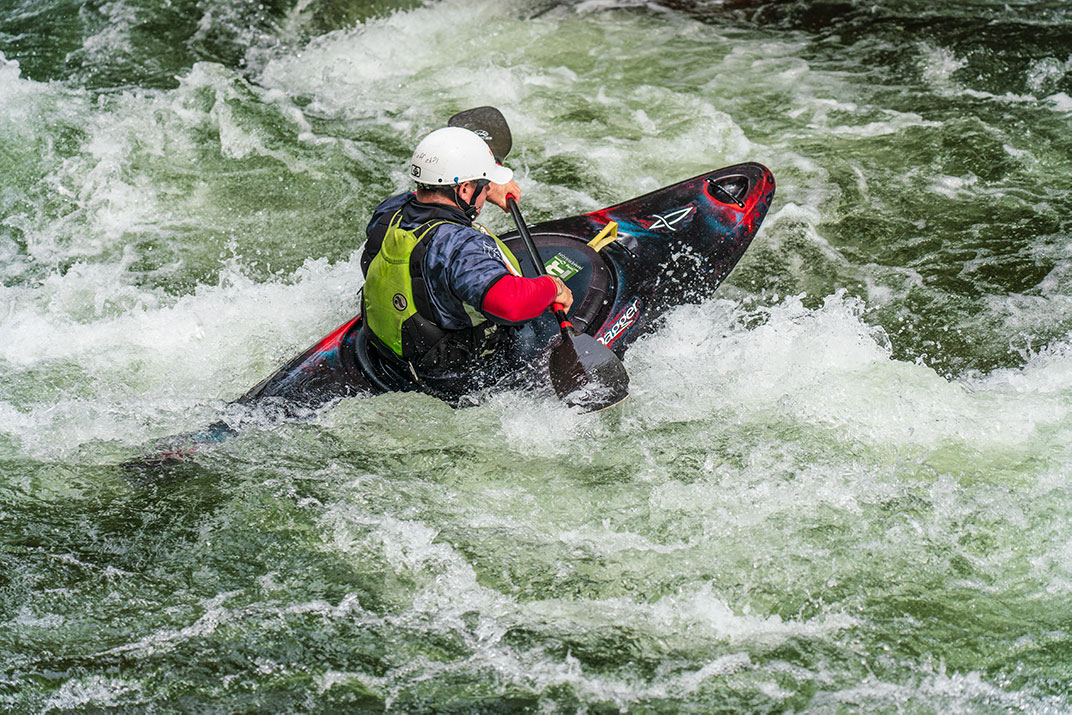

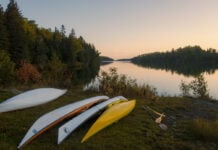
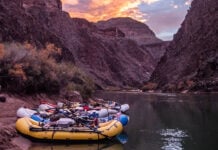
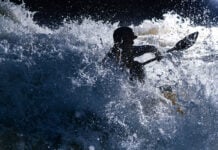
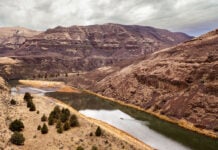

One of the best trips ever for me was the Rideau Canal. We were beyond-glamping… paddled from hotel to hotel, all on the water way. Real bed each night, hot shower, gourmet meals, beautiful scenery and locks! It was amazing.